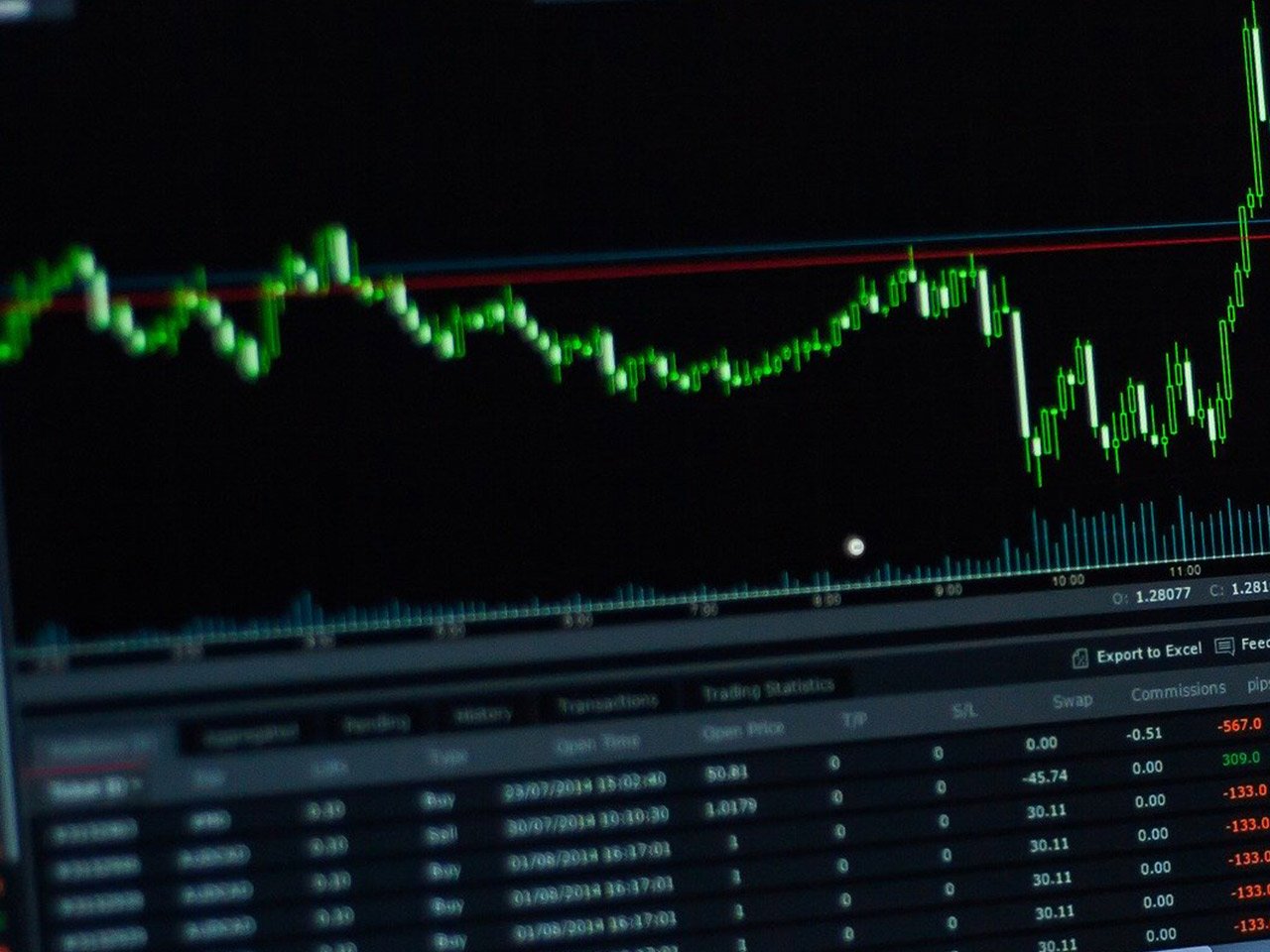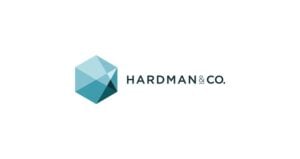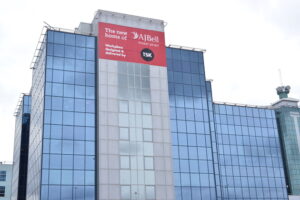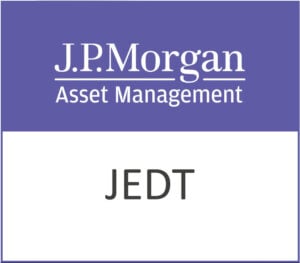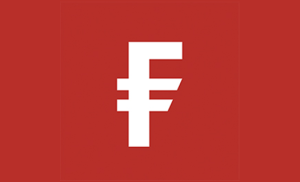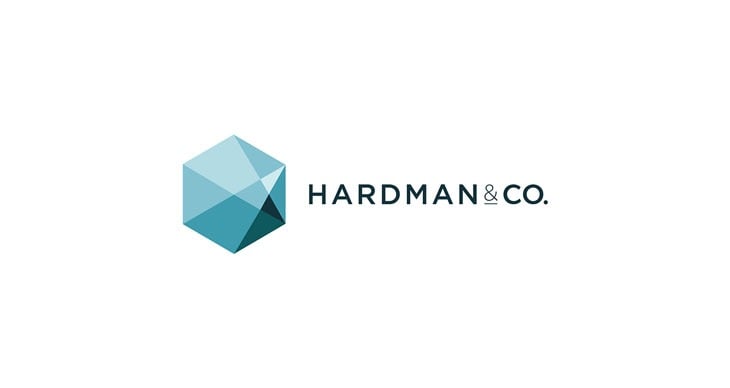Direct Line Insurance Group PLC, trading under the stock symbol DLG.L, is a prominent name in the UK’s property and casualty insurance industry. With a market capitalisation of approximately $3.97 billion, the company has carved out a significant presence in the financial services sector. Operating since 1985 and headquartered in Bromley, Direct Line has evolved from its origins as RBS Insurance Group Limited, rebranding in 2012 to better reflect its direct-to-consumer approach.
Direct Line’s current share price stands at 305 GBp, slightly below the upper bound of its 52-week range of 152.60 to 307.60 GBp, reflecting a modest price decline of 0.01% recently. Despite this, the company’s performance metrics suggest a robust growth trajectory, with revenue growth reported at an impressive 43.50%. This is a positive indicator for potential investors, although the lack of a trailing P/E ratio and other valuation metrics such as Price/Book and Price/Sales might pose challenges when assessing traditional valuation benchmarks.
The company boasts an EPS of 0.11 and a return on equity (ROE) of 6.65%, highlighting its ability to generate profit relative to shareholder equity. Furthermore, Direct Line’s free cash flow of £361.18 million underscores its liquidity position, which is crucial for maintaining operations and supporting future growth initiatives.
From a dividend perspective, Direct Line offers a yield of 2.28%, with a payout ratio of 54.05%. This suggests a balanced approach, providing income to shareholders while retaining sufficient capital for potential reinvestment into the business.
Analyst sentiment towards Direct Line appears cautious yet stable, with a predominance of hold ratings (9 hold, 2 buy, and 0 sell). The average target price is set at 277.55 GBp, indicating a potential downside of 9.00% from current levels. This reflects a level of uncertainty in the market, possibly driven by macroeconomic factors and industry-specific challenges.
Technical indicators provide further insights into the stock’s performance. The 50-day moving average of 296.30 GBp and the 200-day moving average of 247.79 GBp suggest a strong upward momentum over the longer term. However, a Relative Strength Index (RSI) of 46.19 indicates that the stock is neither overbought nor oversold, implying a state of equilibrium in market sentiment.
Direct Line’s strategic approach encompasses a diverse product portfolio, offering motor, home, pet, travel, and life insurance, among others. Additionally, its presence in personal loans and commercial insurance for small enterprises further diversifies its revenue streams. The company’s multi-channel distribution strategy, including direct sales, partnerships, and price comparison websites, enhances its market reach and customer engagement.
For investors considering Direct Line Insurance Group, the key takeaway is its resilience in a dynamic market environment. While certain valuation metrics are absent, the company’s solid revenue growth, strategic diversification, and stable dividend yield present a compelling case for those seeking exposure to the UK insurance sector. As always, potential investors should weigh these factors alongside broader market conditions and individual risk tolerance.


